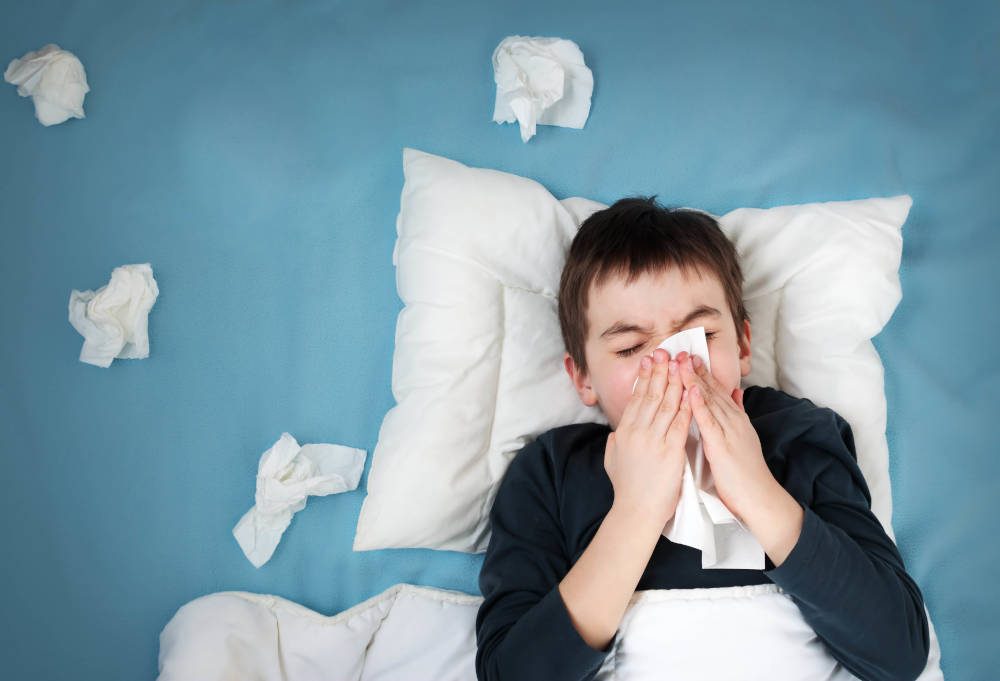Seasonal allergies afflict numerous adults every year, but they are less expected when they hit your children. However, it is estimated that one in four children suffers from allergies today. Perhaps you are the parent of a child who spends most of each summer sneezing, rubbing his eyes or dealing with nasal congestion. While this is a great burden on you mentally, it can be a huge problem for your child who may struggle to enjoy typical daily activities, who may feel ostracized from his friends during allergy season and who may fight you over going outside to play for the day when you know it will cause his allergies to flare up again. These tips will arm both you and your child with the information necessary to get these irritating symptoms under control and to begin enjoying life once again.
Start Treatments Early
In an effort to limit the amount of medication that your child has to take, you may be waiting until his symptoms start before you begin giving him over-the-counter medications. However, research shows that starting medications up to three weeks before allergy season begins can provide better control of symptoms.
Allergy Testing Can Provide Answers
Allergy testing can help you know exactly what your child is allergic to and can help you limit his exposure to these allergens, whether they are certain types of pollen, mold, or pet dander.
Stay on Top of Pollen Counts
Once you know what trees, weeds, or grasses your child is allergic to, you can use pollen counts to tell you when your child should stay indoors. Many apps and Websites offer instantaneous pollen counts these days.
Watch out for Triggers
Your child’s allergies could be triggered by more than just pollen. Other common triggers include the following:
- Mildew
- Insect droppings
- Weather changes
- Chemicals and fumes
- Tobacco or wood smoke
- Strong scents
